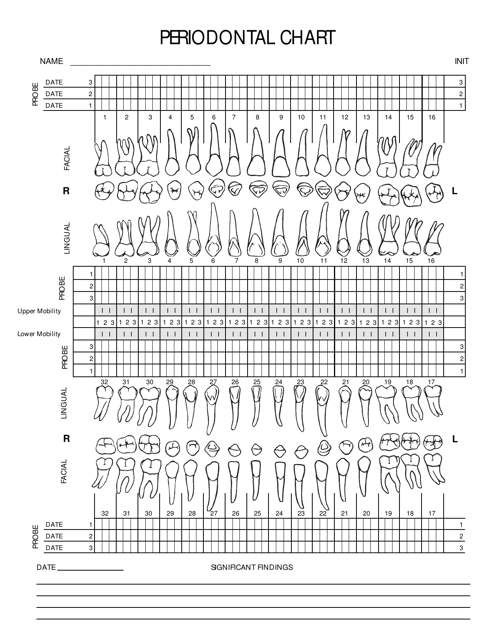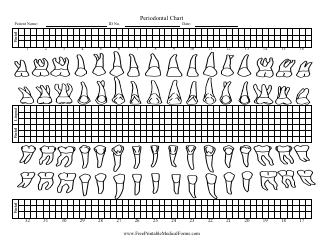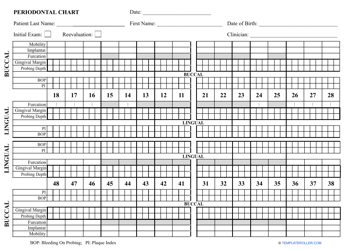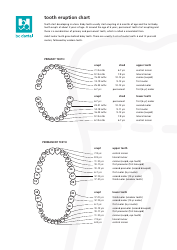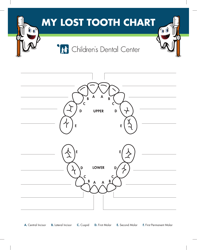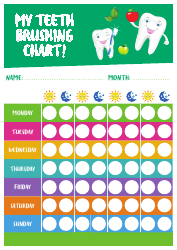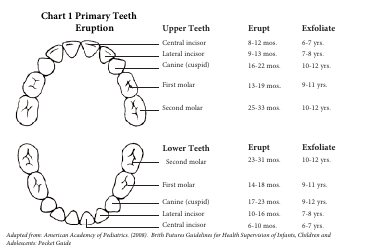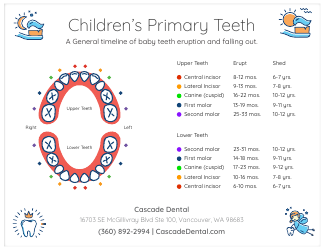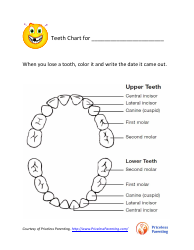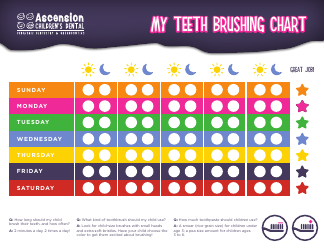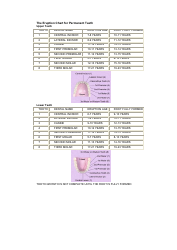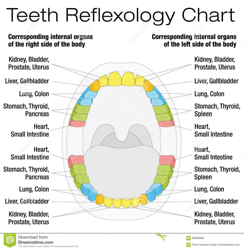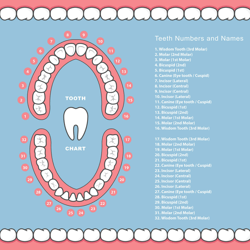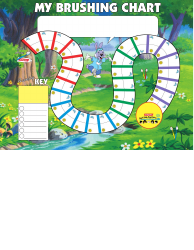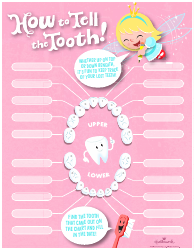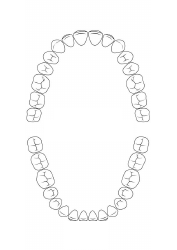Periodontal Chart - Cambridge Dental Consultants
The Periodontal Chart is used by Cambridge Dental Consultants to keep track of the health of a patient's gums and supporting structures. It helps in diagnosing and monitoring gum diseases and determining appropriate treatment plans.
FAQ
Q: What is a periodontal chart?
A: A periodontal chart is a record of the health of your gums and teeth.
Q: Why is a periodontal chart important?
A: A periodontal chart helps dentists evaluate the condition of your gums and diagnose gum diseases like periodontitis.
Q: How is a periodontal chart created?
A: A periodontal chart is created by measuring the depths of the spaces between your gums and teeth using a probe.
Q: What do the numbers on a periodontal chart mean?
A: The numbers on a periodontal chart reflect the depth of the gum pockets around each tooth. Higher numbers indicate deeper pockets, which may indicate gum disease.
Q: Can a periodontal charting procedure be uncomfortable?
A: Some patients may experience mild discomfort during periodontal charting due to sensitivity in the gums.
Q: How often should a periodontal chart be done?
A: Periodontal charting is typically done as part of a routine dental check-up, which is recommended every 6 months.
Q: Can periodontal charting help prevent gum diseases?
A: Yes, regular periodontal charting allows dentists to detect gum diseases early and take necessary steps to prevent further damage.
Q: Are there any risks associated with periodontal charting?
A: Periodontal charting is a safe procedure, but there is a slight risk of infection if proper sterilization techniques are not followed.
Q: What should I do if my periodontal chart shows signs of gum disease?
A: If your periodontal chart indicates gum disease, your dentist may recommend a treatment plan to address the issue and improve your oral health.
Q: Can periodontal charting be done at any dental office?
A: Yes, periodontal charting is a routine procedure that can be done at any dental office.
